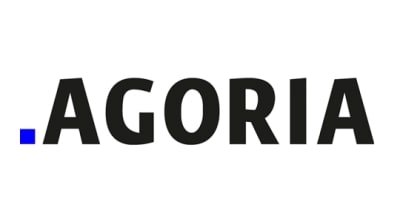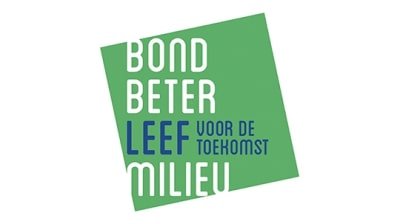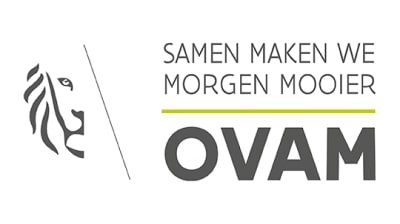Topics
We organise our actions in six thematic & strategic agendas:
Strategic Agendas:
Bio-economy
Circular Construction
Chemicals/Plastics
Manufacturing Industry
Food Chain
Water Cycles
Seven leverages provide additional support:
Leverage effects:
Lever Policy Instruments
Lever Circular Procurement
Lever Communication
Lever Innovation & Entrepreneurship
Lever Financing
Lever Jobs & Skills
Lever Research
What, why and how?
Why are we pursuing a circular economy?
Future visions 2050
How do we see our circular future?
About our management
Who steers what at Flanders Circular?
Staenis - circular floor structures
Innovative grid system for circular floor structures
Staenis has invented an innovative grid system that can be combined with circular floor structures. The grid made of recycled plastic is very easy to click together and screw into place. It is then filled with ecological fillers such as seashells or levelling granules. It is a very interesting alternative to the standard concrete screed made of water, cement and sand: it is less polluting, lighter, easier to use, cheaper to install and much easier to dismantle and even recyclable afterwards.
With this project, we want to further develop our innovative concept. For example, we conducted research into which circular floor structures can be combined with the Staenis grid. For this purpose, we developed a database in which we collected all fillers, floor structure drawings, floor finishes and heights. We then tested the various possibilities in our demo room.
We were also able to use the database to develop a floor-building tool on our website, with instructions, photos and videos to help DIYers make the right choice.
Thanks to this project, we have the opportunity to launch new floor building products on the market. After the test cases in this project, we definitely want to continue this. Circular economy is the future and we strongly believe in this with our vision.
Staenis bvba
Partners Circomat en Chapyt
Sectors
Themes
Organisations
Website
MOST IMPORTANT
RESULTS
- We developed a handy online floor-building tool that helps do-it-yourselfers choose the desired floor structure. Anyone looking for a floor structure can thus also come into contact with circular alternatives to the standard 'screed'.
- Circular floor structures with the Staenis grid are nowadays installed every day in Belgium. This has a positive impact on the environment: the circular floor structure in combination with the Staenis grid produces about 22.75 kg/m² less CO2.
- Do-it-yourselfers who are not consciously looking for a circular floor structure also choose our circular solutions, because it is an easier, dryer and lighter system than the standard more polluting screed.
- Our floor construction system is used in De Potterij, the new circular city lab in Mechelen. The floor is used there every day and it is the ideal place for interested parties to study the circular alternative up close.
MOST IMPORTANT
LESSONS LEARNED
- The load-bearing capacity per m² of the Staenis grating without filler is sufficient, but we noticed from a construction site that the limited point load caused local sagging. We quickly responded to this problem and adapted the product moulds in our design, which significantly improved the grid's load-bearing capacity.
- For a smooth installation and long service life of the circular floor construction, it is important that the filler used is dry (so that the wooden cladding does not absorb moisture) and the cladding is flat.
- As long as legislation does not tighten up on the current polluting systems such as sprayed PUR and standard 'screed', the transition to circular floor structures will be (too) slow. A compulsory transitional phase could, for example, be an interesting solution.
- Although the Staenis grid was initially developed for use by professionals, 80% of our target audience currently consists of DIYers. The installation of our system is so user-friendly that any do-it-yourselfer can easily install it himself.
WHAT DOES
THE FUTURE HOLD?
We have entered into a contract with a building materials chain in France: by 2022, our product will be available in a large number of French shops. We have also started a major online marketing campaign with the aim of reaching all of Europe.
Once we see the effects of this, we will be a lot stronger financially and we can focus on the new developments.

















